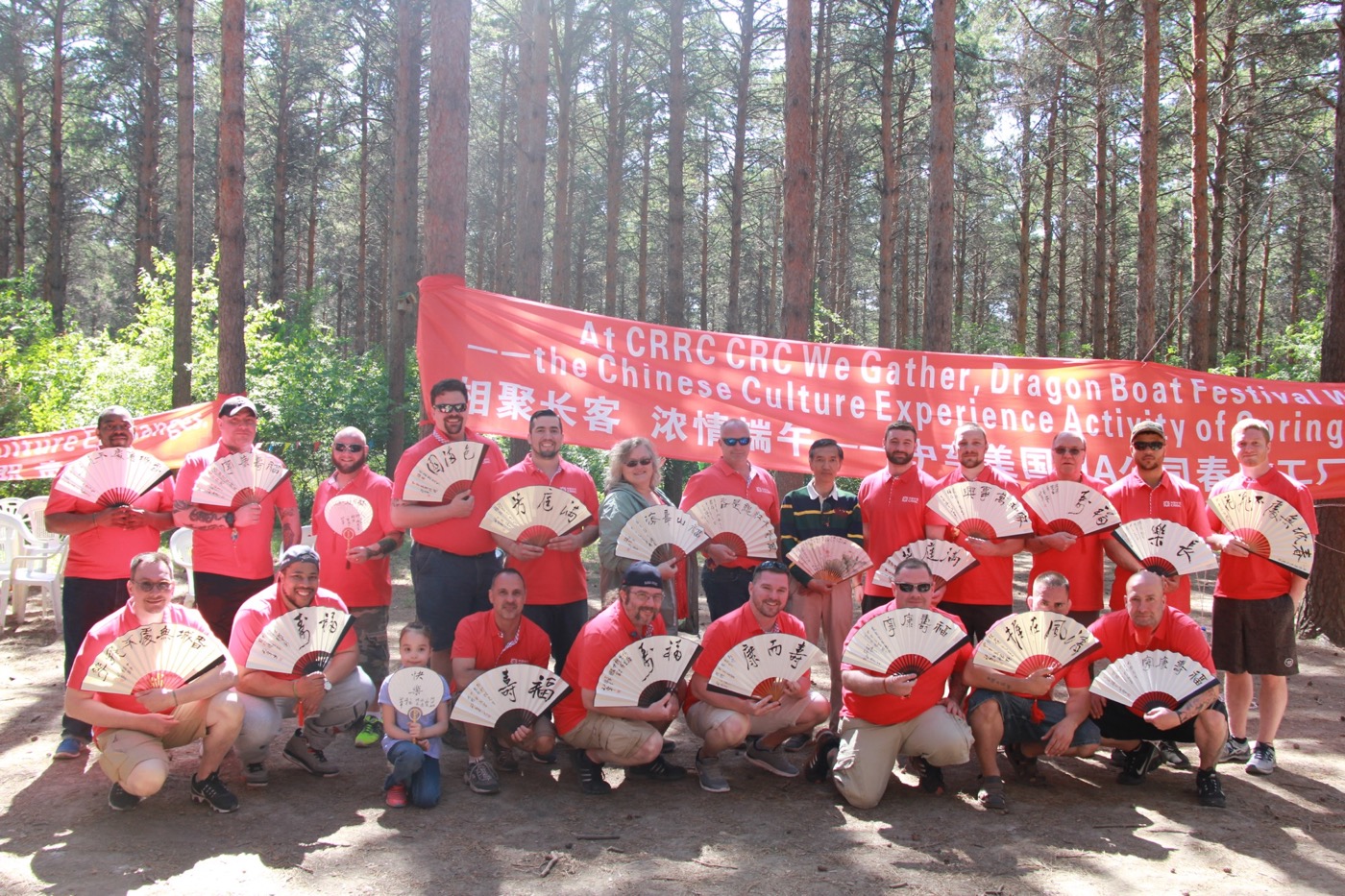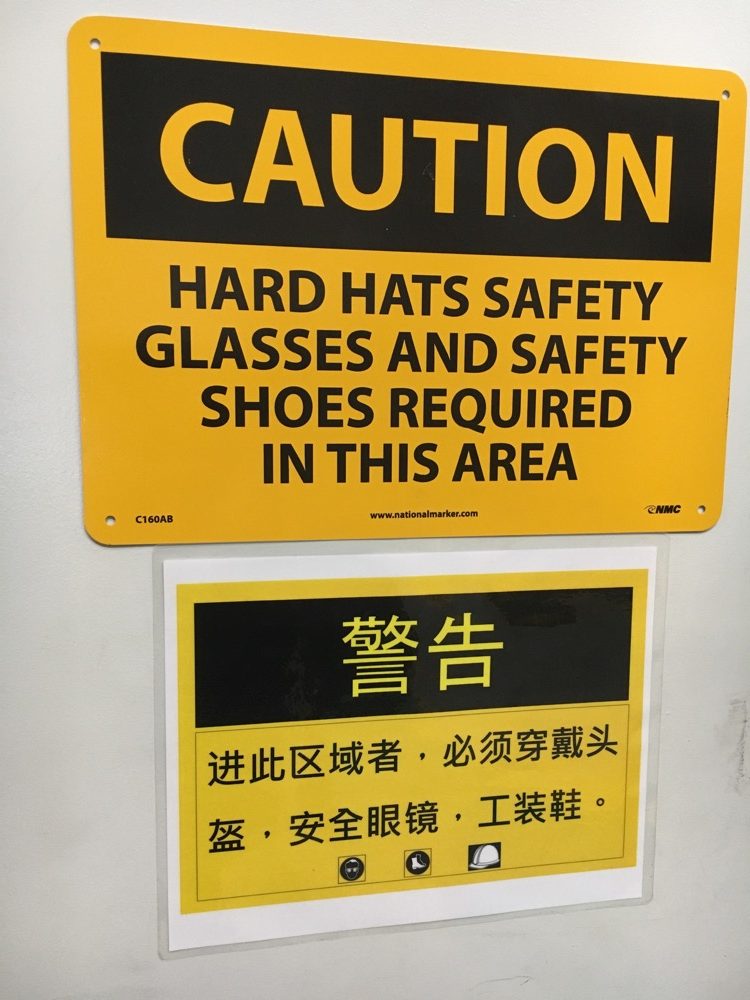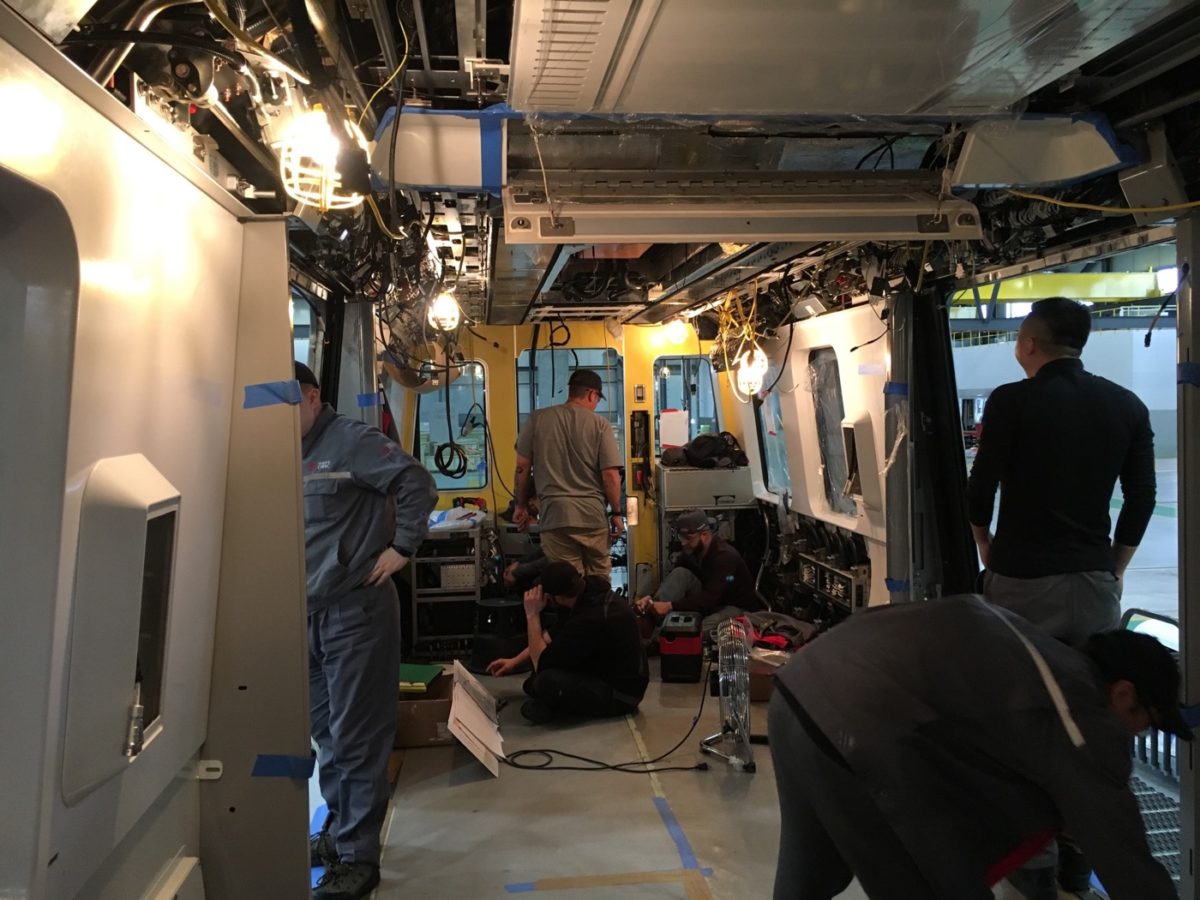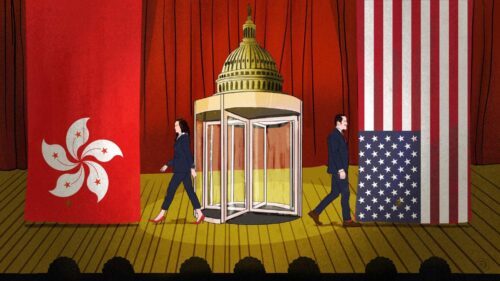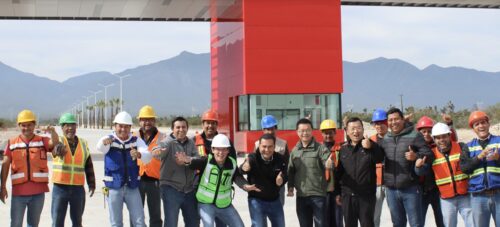The Massachusetts train company that China built
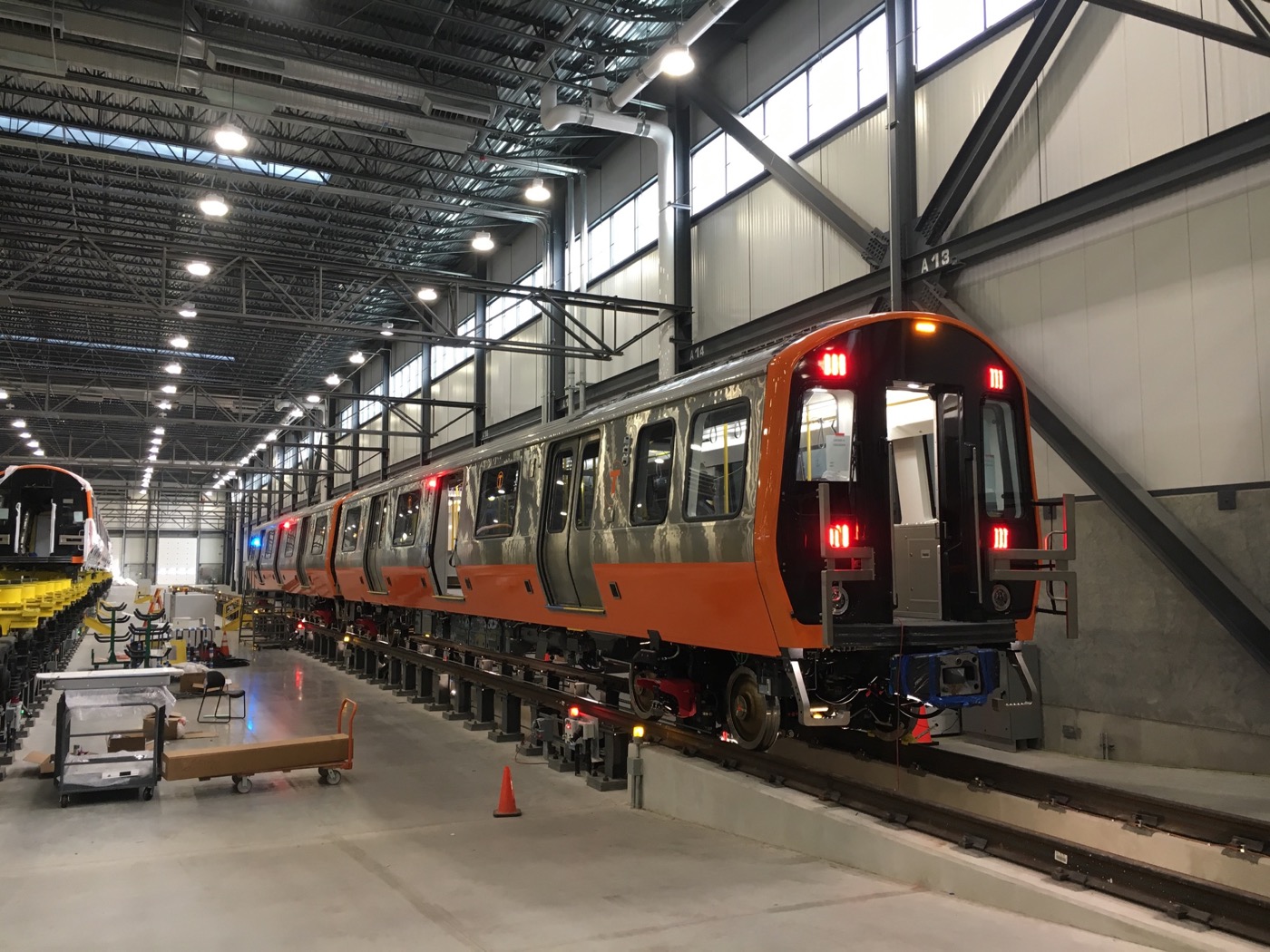
Western Massachusetts is likely not the first place that comes to mind when talking about U.S.-China cooperation. The region used to be a powerhouse of American industry, home to companies like Spalding Sports and Uniroyal Tire Manufacturing, with a long history of weapons production, which constituted a major driving force of the economy. Today, much of this manufacturing base is gone, leaving behind decaying factory buildings and unemployment rates close to double those of Boston. “Western Mass” remains attractive for its lakes, mountains, and abundant wildlife, as well as low prices, but many ambitious young people have fled the area due to lack of opportunities.
It is somewhat surprising, then, that in Springfield, Massachusetts, one Chinese company is striving to create a brick-and-mortar identity for itself on American soil, with employees hailing from both sides of the Pacific.
The CRRC manufacturing facility in Springfield is a testament to both the city’s history and its future. A brand new 240,000 square-foot plant sits on 40 acres of what used to be the New England Westinghouse Company, a former automobile and munitions manufacturer that shuttered in the 1950s and had its facilities demolished in 2010. The lot was vacant until CRRC MA purchased the land in 2014, and within a year, Massachusetts government officials were holding a groundbreaking ceremony at the site.
In 2010, the CRRC Changchun Railway Vehicles Company began exploring how to enter the U.S. market. It was able to do so four years later when its subsidiary company, CRRC MA, won a contract to produce new railway cars for Boston’s Massachusetts Bay Transportation Authority (MBTA). CRRC MA’s $567 million bid for the project included 152 new cars for the public transit system’s Orange line and 252 vehicles for the Red line, as well as a $95 million investment in an in-state railcar production facility. In 2016, CRRC MA won its second U.S. contract at $647 million to produce 64 new cars for the Los Angeles Metro, with options to build up to 282 cars in total. The subsidiary’s most recently acquired project is a contract to assemble 45 commuter railcars for Philadelphia’s Southeastern Pennsylvania Transportation Authority (SEPTA) public transit system.
The dollar amounts of CRRC MA’s bids have come under fire from critics who claim that the company is dramatically underbidding competitors with the malicious intent of taking over the U.S. rail industry. Because CRRC MA has been able to secure several large contracts in such a short timeframe, many on the U.S. side have also raised concerns about widespread Chinese technology usage within the U.S. and the possible threat of espionage. These fears have led to the introduction of bills in the U.S. Senate and House of Representatives that would prohibit Chinese railcar companies from winning contracts in U.S. transportation. Although these bills ultimately failed, another nearly identical bill was presented in the U.S. Senate earlier this month.
CRRC is not specifically mentioned in the bills, but it is clearly the target. Chinese investments in the U.S. have grown dramatically over the past decade, but most of that money has gone toward finance, technology, real estate, and tourism. All investments in the transportation sector, other than those of CRRC and BYD, which has focused on electric buses, have gone toward the auto industry or aviation. That is to say, CRRC is the only Chinese investor in U.S. rail transportation that would be impacted by these political actions — the consequence for being a perceived threat to U.S. security.
Those who are close to the company dismiss those allegations. “If you look at the plant’s operations,” said CRRC MA spokeswoman Lydia Rivera, “you can see that there are American workers there assembling the cars. There is no way that they would be able to sneak anything suspicious into the cars in this kind of production environment.”
In both the CRRC MA headquarters in Quincy, Massachusetts, and the production facility in Springfield, Chinese and American workers in production and management operate shoulder to shoulder. The new offices’ hallways are lined with photos of the company’s international rail projects, but in most other aspects, this section of the complex has the standard clean, minimalist appearance of a new American corporate office. But there are subtle reminders of the company’s roots: bilingual English-Chinese signs dot the facility, and conversations can range from school closings to dragonboat races. On one side of the complex, a cavernous railcar assembly building holds at least 10 trains in various stages of completion. Here, Chinese and American technicians work side-by-side, at times relying on Google Translate to facilitate communication.
CRRC MA has anchored itself to the local community in a way that values both Chinese culture and U.S. development.
By engaging in events like the Springfield Dragon Boat Festival, sponsoring local events, and actively engaging with Develop Springfield and the Hampden County Workforce Board, two local initiatives to stimulate economic development in the deindustrialized city, CRRC MA has anchored itself to the local community in a way that values both Chinese culture and U.S. development. Nicholas Fyntrilakis, the president and chairman of Develop Springfield, has written, “We value [CRRC] as a member of our community and are appreciative of their economic and philanthropic contributions.”
On the manufacturing side, there have been efforts to foster intercultural communication and cooperation through a four-month-long training program for more than 20 CRRC MA employees in CRRC’s home city of Changchun in Jilin Province. Several of these CRRC MA employees had never left Western Mass, let alone the country, and called the four-month immersion a great bonding experience. The company has also generated more than 150 technical jobs in the community that have “helped the supply chain of smaller local businesses that are feeding the facility,” according to Springfield mayor Domenic Sarno. State Senator Eric Lesser has similarly lauded CRRC MA for bringing high-paying technical jobs to his Senate district, saying the company has provided a positive development model in a geographic area where higher levels of government have consistently fallen short.
The strength of CRRC MA’s local relationships have been put to the test amid the current U.S.-China trade war. In an appeal to U.S. Trade Representative Robert Lighthizer, leaders from the local government, development organizations, and a community college that has trained some of CRRC MA’s workers have all cited the economic benefits that CRRC MA has conferred on the local community, and pleaded for reconsideration on the 25 percent tariff on 16 pieces of CRRC MA’s trains. So far, these appeals have not met with success. CRRC MA’s operations have, up until this point, served as one of the only positive and publicly visible examples of U.S.-China business and tech cooperation — a story that unfortunately remains obscured by the two countries having been boxed into the role of adversaries.
CRRC MA represents the ideal counter-narrative to this line of divisive thinking. The company has worked hard to make local connections, gather a workforce of mixed nationalities, and help underprivileged U.S. communities in a way that non-manufacturing Chinese companies in other industries have not. It has fulfilled a need for new railcars that the U.S. could not provide, since the U.S. has no domestic railcar manufacturers, while supplying desperately needed jobs to locals.
It’s a reminder of how U.S.-Chinese cooperation can look. Whether lawmakers allow CRRC MA’s success to foster greater intercultural understanding and business cooperation, or if they’ll remain trapped under political interests and fear mongering, remains to be seen.
